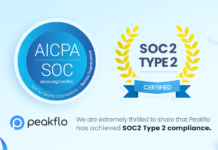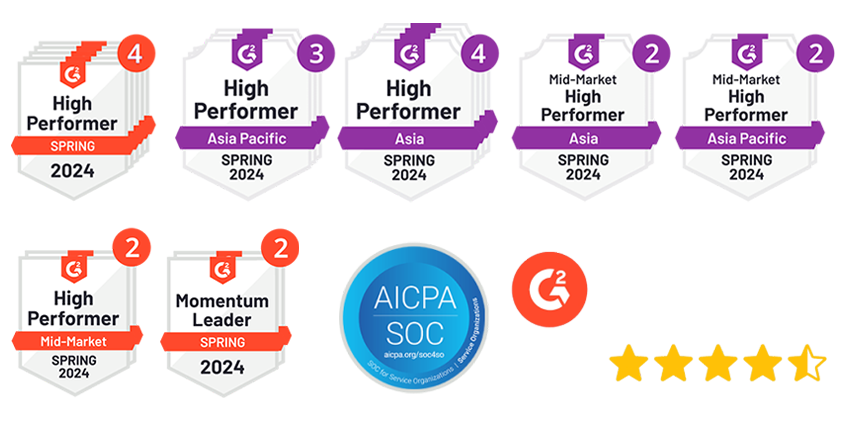In today’s fast-paced business environment, finance teams must have a clear handle on how long it takes to convert inventory and receivables into actual cash flow. That’s where the Cash Conversion Cycle (CCC) becomes an essential KPI.
A shorter CCC means your company recovers cash faster, improves liquidity, and reduces reliance on external financing. On the other hand, a longer CCC may signal cash flow bottlenecks or inefficiencies in operations. Whether you’re a startup or an established enterprise, calculating and optimizing your CCC is critical for maintaining a healthy cash flow and scaling sustainably.

What is Cash Conversion Cycle (CCC)?
The CCC measures how long it takes a company to convert its investments in inventory and other resources into cash flows from sales. It includes three core metrics:
- Inventory Turnover: How quickly your stock gets sold
- Receivables Turnover: How fast customers pay you
- Payables Turnover: How long you can delay payments to suppliers
If you’re still calculating these manually or using fragmented tools, you’re likely missing real-time insights into working capital efficiency.
Formula for Cash Conversion Cycle
The formula for calculating the Cash Conversion Cycle is:
CCC = Days Inventory Outstanding (DIO) + Days Sales Outstanding (DSO) − Days Payables Outstanding (DPO)
Where:
- DIO (Days Inventory Outstanding): Time taken to sell your inventory
- DSO (Days Sales Outstanding): Time taken to collect receivables
- DPO (Days Payables Outstanding): Time taken to pay your suppliers
A lower CCC generally indicates faster cash recovery and stronger working capital management.
What’s Inside the Free CCC Calculator Template
This easy-to-use Excel-based tool helps you calculate:
- Average Inventory, Receivables, and Payables
- Key turnover ratios
- Number of days of inventory, receivables, and payables
- Your final Cash Conversion Cycle (CCC) value
No formulas to figure out, no dashboards to build. Just plug in your financials, and the sheet does the rest.
How to Use the Template
- Head to the “Input Your Data” sheet.
- Fill in revenue, COGS, and year-end balances for receivables, payables, and inventory.
- Instantly view your CCC and other efficiency metrics in the output section.
Automate CCC Tracking with Peakflo
While the Excel template is a great starting point, it can quickly become tedious if you’re managing:
- 100+ invoices per month
- Multi-period tracking
- Manual data consolidation across systems
Peakflo’s AI-powered finance platform lets you:
- Automate data capture and CCC calculation
- Get real-time dashboards for DSO, DPO, inventory days, and more
- Reduce manual tasks and drive faster working capital cycles
Ready to optimize your cash flow with less manual work?










![Why AI Sales Calls Are Making Good Sales Reps Even Better [2025 Guide] ai sales calls](https://blog.peakflo.co/wp-content/uploads/2025/09/65168cf6-3001-4733-8cbc-12d5684cf449-218x150.webp)



































